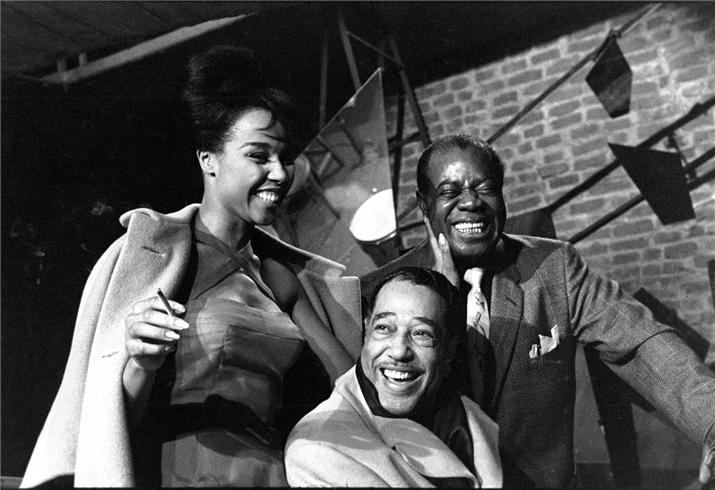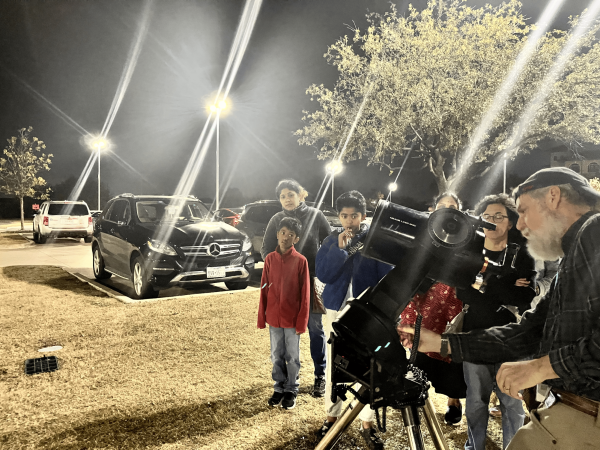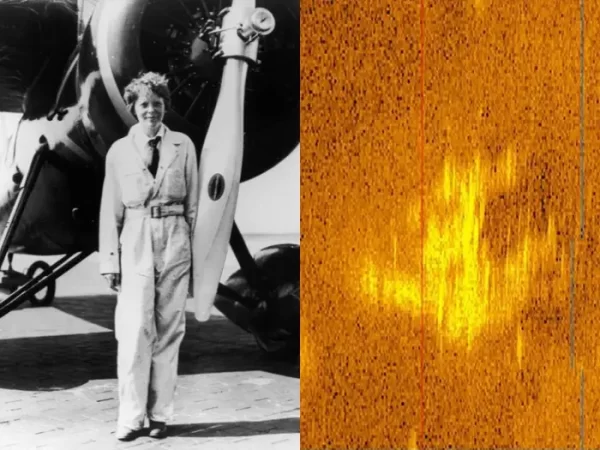April celebrates national jazz appreciation month
April is national jazz appreciation month, and Knight Press is celebrating the impact that jazz music has across the world, as well as appreciating some of the most talented musicians in the jazz industry to date.
The beginnings of jazz music in America
In the early 1900s, the population of New Orleans, Louisiana was significantly diverse, including a population made up of African Americans, people of Caribbean descent, Creoles, and European immigrants. All of these different groups lived within close proximity of each other, differing from the racially-based segregation happening in other American cities and towns at the time.
New Orleans is often referred to as the “melting pot” of culture, as many different genres of music, food, and customs developed over the last century throughout the city. Within the music world, different styles of piano, blues, ragtime, folk songs, and more are blended together to create the sounds of jazz.
The Swing Era, 1950s -1970s
The swing era lasted from the early 1930s to the beginning of the 1940s. Jazz was becoming immensely popular during this time period, showcasing musicians such as Benny Goodman, Artie Shaw, Count Basie, and Duke Ellington.
Brilliant singers such as Ella Fitzgerald and Billie Holiday performed alongside saxophone soloists such as Coleman Hawkins and Lester Young. Many of these swing bands went on to achieve a successful solo careers beyond their group performances as well.
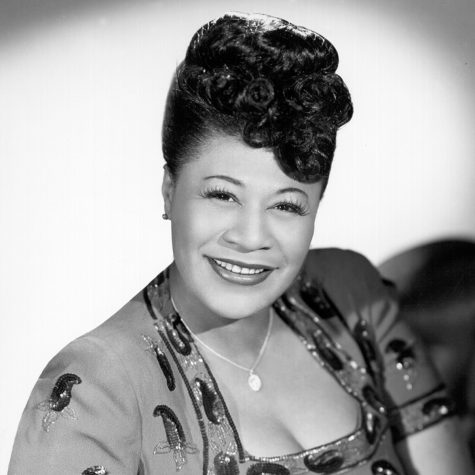
Over time, the epicenter of jazz shifted from New Orleans to New York, where saxophonist Charlie Parker and trumpeter Dizzy Gillespie presented complex, quick-paced music over songs that were already created. This attracted people as they could still listen to their favorite songs while hearing them in a new style.
The swing era also saw the emergence of “bebop”, which was an intellectual Afro-American creation that included important lessons within the lyrics, making the music more than just something to dance to.
As the 1950s and 1960s emerged, jazz music transitioned to a laid-back style, different compared to the more rhythmic sound and lyrics of bebop. Musicians such as Dexter Gordon, Chet Baker, and Art Pepper all contributed to the easygoing feel of the music.
During this time, jazz musicians also began to add an influence of the gospel into their music, contributing to the birth of “Soul Jazz.” Although it was sometimes considered controversial, this new style of jazz music had the greatest impact on its growing popularity.
Jazz music continued to spread all throughout the world, taking shape in different countries such as Europe, Canada, and different parts of Asia. At the beginning of the 1970s, jazz musicians began to incorporate electric instruments, leading to the genre of jazz-rock. Artists such as Herbie Handcock and Weather Report mixed jazz music with disco sounds, creating a version of jazz that not many had heard before.
Artist Spotlight- Louis Armstrong
Louis Armstrong became a jazz superstar in the early 1920s for his powerful vocals and unique trumpet style. Armstrong recorded several well-known hits that were recognized worldwide, including “A Wonderful World” and “La Vie En Rose”.
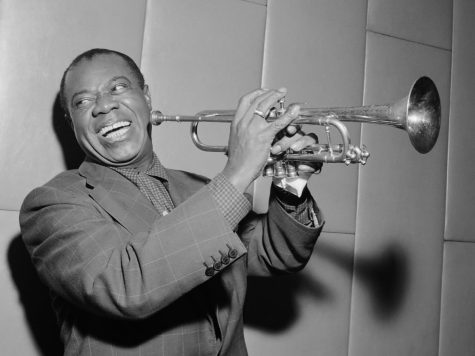
Armstrong was born on August 4, 1901, and grew up in a poverty-stricken neighborhood in New Orleans, Louisiana. He went through numerous difficulties growing up, as his father abandoned the family soon after his birth, leaving his mother as the only provider. He left school at the age of 11 to help his mother work additional jobs and bring in another form of income for the family.
After an accident occurred on New Year’s Eve in 1912, Armstrong was arrested and sent to a home for boys, where he spent two years there. Within the home, he discovered his love for music, and how talented he was at singing and playing certain instruments. Armstrong was released from the home in 1914 and began pursuing a career in music immediately after.
A few years after his release from the boy’s home, Armstrong made his way to New York where he cut records as a sideman, creating jazz music with singers such as Bessie Smith and Sidney Bechet. Armstrong made his first record deal with OKeh Records, with his band, “Louis Armstrong and his Hot Five.” Armstrong transformed the jazz world, choosing to use different phrasing, high singing, instrumental notes, and more unique elements that the jazz world had never seen before.
In the mid-1950s, Armstrong signed with Columbia Records, where his most influential albums were produced. He began performing worldwide throughout Europe, Africa, Asia, and the United States. His famous recording, “What a Wonderful World” was slightly different from his normal music, as there were hardly any external sounds to the song besides Armstrong’s powerful voice. The song was inspired by his childhood and became a worldwide sensation, especially after its appearance in Robin Williams’, Good Morning Vietnam in 1968.
Unfortunately, kidney and heart problems forced Armstrong to stop performing in 1968. He spent much of his time at home during that year but continued to practice with his trumpet when he was feeling well enough. In the summer of 1970, he began performing again after recovering well for almost two years. Armstrong continued to perform until he suffered a debilitating heart attack, which sidelined him for the remainder of his career. He passed away July 6, 1971, just a month short of his 70 birthday. Armstrong was laid to rest in Queens, New York, where his love of jazz all began.
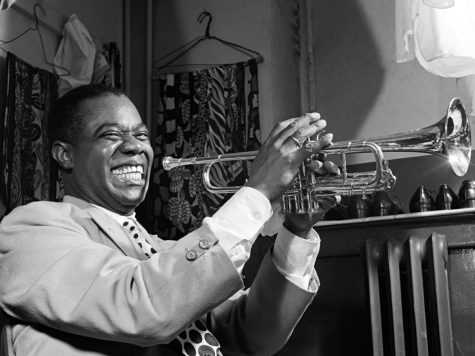
The lasting impact: Jazz music today
Jazz music today is not all that different from the past but does include new features that were not incorporated into the early days of the genre. Modern jazz can be highly demanding to orchestrate, as it is so fast pace that it can be sometimes difficult to follow, listen to, and play it.
Modern jazz is often influenced by other genres of music, such as classical music from the early twentieth century. Compositions of modern jazz are particularly longer than in the past, leading jazz musicians to want to learn and create even more complex music than before.
When a person thinks of jazz, they often think of the smooth, traditional style of the music years ago, but now the younger generations of the music world have taken the genre by storm. Artists such as Ego Ella May, Ashley Henrey, and Nubya Garcia all have changed the dynamics of jazz music today for people of all ages and backgrounds.

To learn more about Louis Armstrong and his impactful legacy, browse websites such as https://www.biography.com/musician/louis-armstrong and https://www.britannica.com/biography/Louis-Armstrong. To find more information on the history of jazz music, take a look at https://www.masterclass.com/articles/what-is-jazz and https://www.scaruffi.com/history/jazz1.html.

